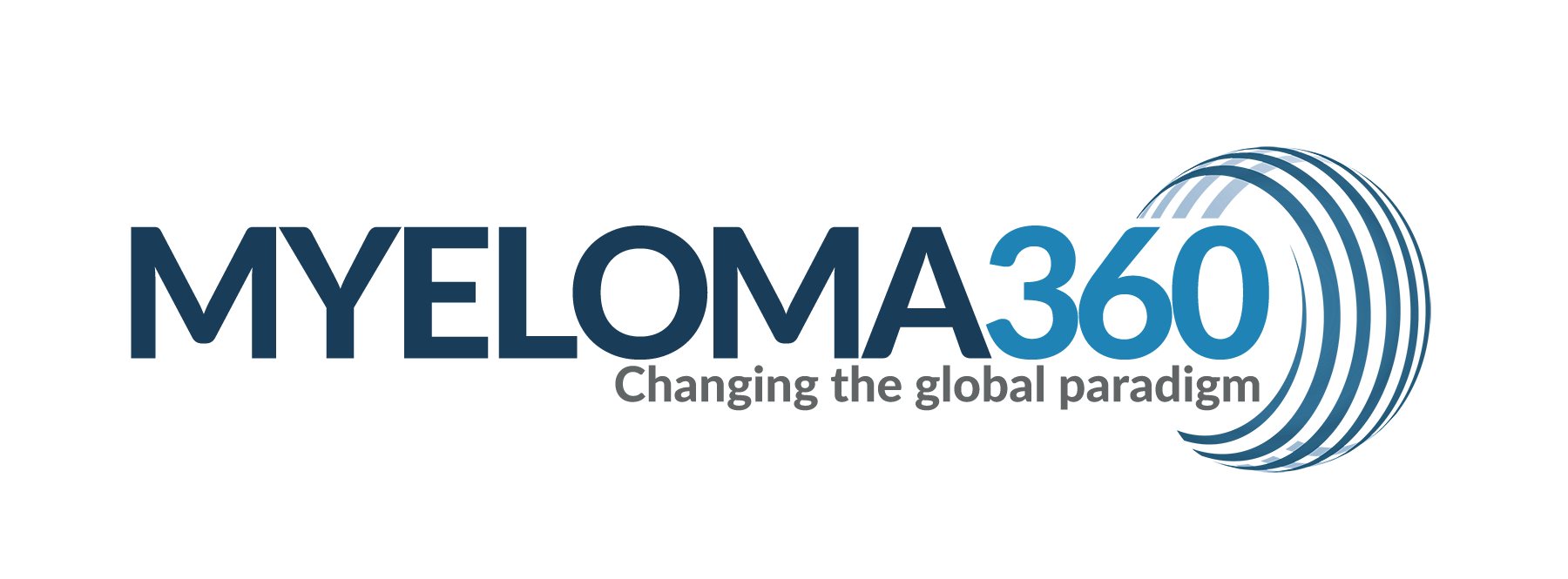Transplant Cell Ther. 2022 Aug 5:S2666-6367(22)01515-9. doi: 10.1016/j.jtct.2022.07.028. Online ahead of print.
ABSTRACT
BACKGROUND: Maintenance therapy with single-agent lenalidomide (Len) after autologous hematopoietic stem cell transplantation (autoHCT) for multiple myeloma (MM) is associated with improved progression-free survival (PFS). However, MM patients with high-risk chromosomal abnormalities (HRMM) may need a more intense regimen.
OBJECTIVE: We hypothesized that adding another anti-myeloma drug to Len maintenance would lead to improved outcomes.
STUDY DESIGN: We conducted a retrospective single-center chart review analysis of adult HRMM patients who received autoHCT between 2008-2018, followed by Len-based maintenance therapy. High-risk cytogenetics were defined as del(17p), t(4;14), t(14;16), 1q21 gain or amplification by fluorescence in situ hybridization (FISH). We divided patients into those who received either single-agent Len maintenance (Len-only) or Len-based combinations (Len-combo). We compared non-relapse mortality (NRM), day 100 and best post-transplant responses, minimal residual disease (MRD) status, PFS, and overall survival (OS) between the two groups. We also performed sensitivity analyses using inverse probability weights to correct for potential bias due to nonrandomization of the two groups.
RESULTS: A total of 231 patients with HRMM were included in our analysis, with a median age of 62.4 (range 33.5-79.9) years, and 55% were male. There were 153 patients in the Len-only group and 78 in the Len-combo group. Len-combo regimens were either doublets (Len with dexamethasone [dex: n=10], elotuzumab [n=28] or ixazomib [n=14]) or triplets (Len with bortezomib/dex [n=10], ixazomib/dex [n=10] or carfilzomib/dex [n=6]). More patients in the Len-combo group had ≥2 high-risk cytogenetic abnormalities compared to the Len-only group (32% vs. 12%: p<0.001). Median follow-up was 40.7 and 37.0 months in the Len-only and Len-combo groups, respectively. Median PFS and OS for all patients were 25.5 and 82.6 months, respectively. There was no significant difference in PFS (hazard ratio [95% CI]: 1.01 [0.71-1.44], p=0.94) or OS (0.84 [0.49-1.43], p=0.52) between the Len-only and the Len-combo groups, respectively. However, for patients with high-risk cytogenetic abnormalities other than 1q+, there was a trend towards better PFS in the Len-combo group (0.59 [0.32-1.09], p=0.09), but no difference in OS (0.79 [0.37-1.65], p=0.53).
CONCLUSIONS: In this single center retrospective analysis, use of Len-based combinations for post-transplant maintenance did not show improvements in HRMM patient outcomes. However, there was a trend towards improved PFS in patients with high-risk abnormalities other than 1q+.
PMID:35940528 | DOI:10.1016/j.jtct.2022.07.028
